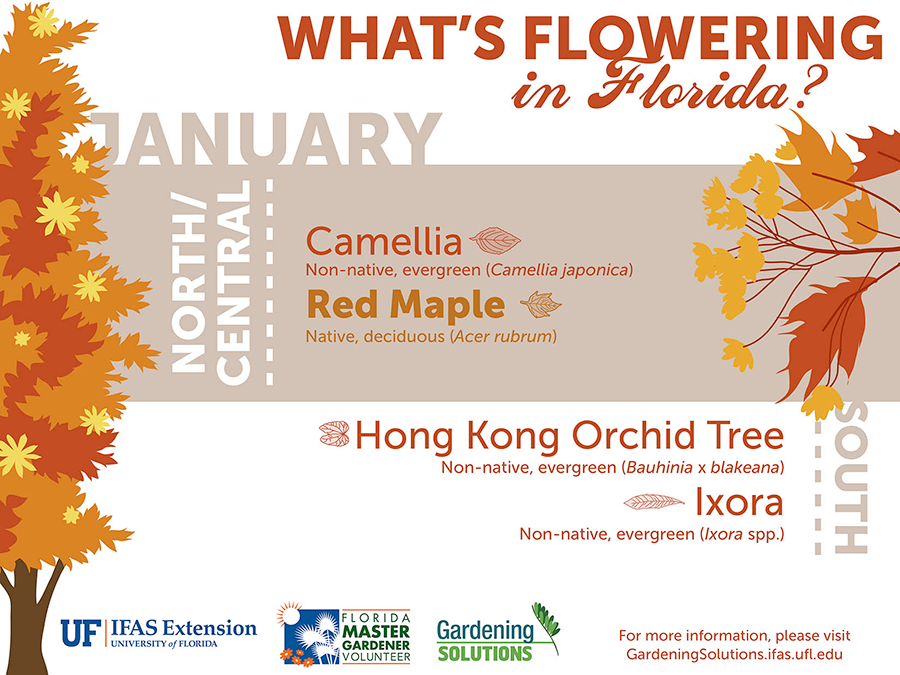When it involves seasonal tree care, making sure correct monitoring prior to and after elimination can considerably affect the health and wellness and aesthetics of your landscape. By understanding the needed steps associated with analyzing tree wellness and getting ready for removal, you can proactively secure your residential or commercial property. Yet what regarding the essential practices to comply with when the tree is gone? Keep tuned to find the important post-removal treatment procedures that will assist you grow a growing and lasting setting for your trees.
Pre-Removal Tree Treatment
Before addressing the elimination of a tree, it's vital to focus on pre-removal tree care. Beginning by examining the tree's wellness and structural honesty. Look for indicators of disease, pest problems, or any type of structural issues that may pose a security hazard during removal. It's essential to speak with a certified arborist to establish the very best strategy.
Trimming dead or infected branches can prevent additional damages to the tree and guarantee a smoother elimination procedure.
In addition, take into consideration the ecological influence of eliminating the tree. Trees play a vital role in our ecological community, so planting a brand-new tree in an ideal area can aid counter any kind of loss. Make certain that you have the essential permits and consents for tree removal, specifically if the tree is protected by regional regulations.
Seasonal Upkeep Tips
Evaluating your tree's needs throughout the year is imperative for its health and longevity. To keep your trees in top problem, adhere to these seasonal maintenance suggestions.
In spring, focus on trimming to get rid of dead or broken branches and motivate brand-new growth.
Summer calls for routine watering, particularly during dry spells, to ensure your tree remains hydrated.
As fall strategies, keep an eye out for very early indicators of disease or stress, and think about using compost to protect the roots during winter.
In winter months, beware when removing snow from branches to prevent breakage, and remain to check your tree's total health and wellness.
Keep in mind to change your treatment regular based upon the particular demands of your tree species and neighborhood climate. By staying conscientious and positive throughout the periods, you can help your trees thrive and thrive for years to find.
Post-Removal Tree Treatment
To make sure the wellness of your landscape also after tree elimination, proper post-removal care is vital. After a tree is removed, it's crucial to fill up the continuing to be opening with topsoil and compact it to avoid settling. This will aid keep the honesty of the ground and protect against potential hazards in the future.
Think about growing brand-new plants in place of the eliminated tree to recover the equilibrium and looks of your landscape. Frequently water the area to promote the development of new plants and protect against dirt erosion.
Check the bordering trees for any type of signs of condition or tension that may have been caused by the gotten rid of tree. Keep an eye out for parasites that could've been attracted to the previous tree and take safety nets to protect the staying greenery.
If needed, talk to money landscape to assess the influence of the removal on the surrounding trees and figure out any kind of extra care required. By adhering to these post-removal care steps, you can make sure the continued health and wellness and elegance of your landscape.
Conclusion
Finally, proactive seasonal tree care is vital for preserving the wellness and equilibrium of your landscape. By evaluating tree health and wellness, trimming, and talking to an arborist before removal, you can guarantee a secure procedure. After elimination, loading the hole, growing new plant life, and regular watering will advertise brand-new growth and protect against disintegration. Bear in mind to evaluate bordering trees for condition and seek more treatment actions from an arborist to maintain your landscape growing.
